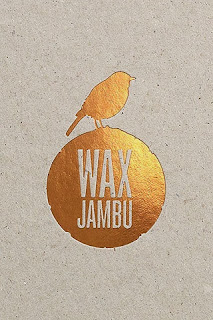Part 1
What is design for print:
- A physical product
- Mass Production
- Physical process
- Scale
- Books, posters, mail shots, packaging, stickers, letterhead, business cards....
- Higher relevance of context
- CMYK
- Considering production processes
- Thinking about materials to print onto
- Working with pantone swatches to identify certain colours
We had to think of a sentence that describes what design for print is.
Summary-
"Information applied/transferred onto a (specific) surface with consideration of process, scale, purpose and situation."
After some discussion we came to the conclusion that it is impossible to sum up what design for print is in a sentence as it has to many factors to consider.
Print Categories
-Format
-Colour
-Production
-Processes
-Finishing
-Stock
These categories can be applied to screen apart from stock.
Designing for print can not be retracted where as designing for web can.
Designing for print can not be retracted where as designing for web can.
Part 2
Identify as many different processes for print:
- Screen Printing
- Spot varnish
- Foiling
- Embossing
- Laser cut
- 3D printing
- Etching
- Letter press
- Lino cutting
- Digital printing
- Collograph printing
- Stamping
- Lithograph
What processes would I like to learn this year?
- I didn't really enjoy screen printing last year but I think it would be good to give it another go as it will allow me to print onto a wider variety of stock and experiment with colour.
- I would like to try embossing as I haven't tried it before.
- Foiling is something I would like to experiment with also as I haven't tried it.
I worked mainly digitally last year so I would like to move away from the computer and take a more hands on approach to my work. This will expand my knowledge of processes and improve my finishing skills whilst giving me a better appreciation of cost and time management.
Find two examples for each print categories:
-Format
Publication
-Colour
-Production
-Finishing
Foiling
-Stock














No comments:
Post a Comment